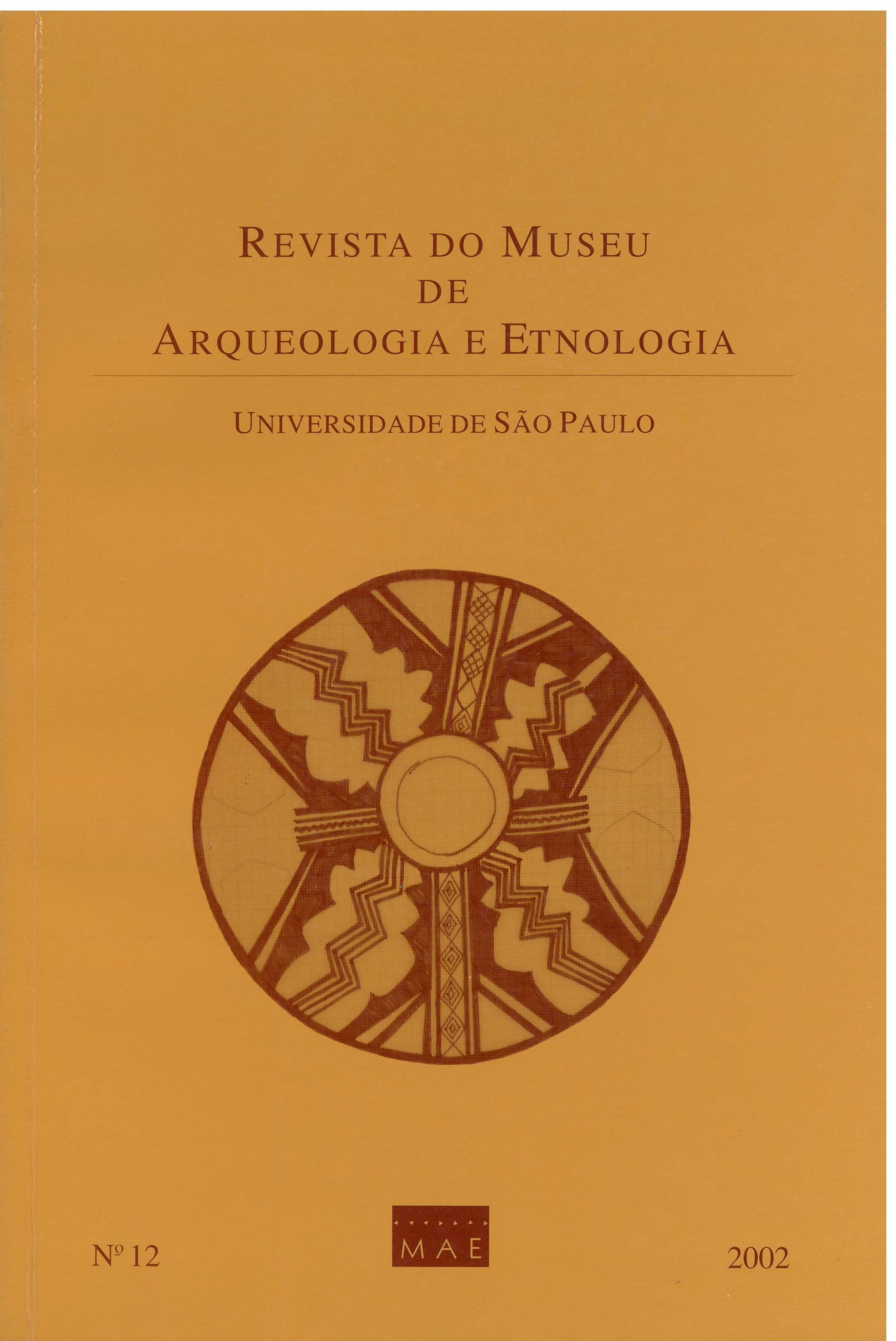Aniconism revised: different approaches for interpreting early Buddhist art
DOI:
https://doi.org/10.11606/issn.2448-1750.revmae.2002.109445Keywords:
Iconography - Buddhism - Gandhara - Mathura - Aniconism.Abstract
The purpose of this article is to discuss the main theoretical interpretations that explain the origin of the Buddha image, under an historic and archaeological perspective. During the 19th century, western scholars supposed that it was necessary a Graeco-Roman influence in Gandhara for the creation of the Buddha image. This premise was associated to the Aniconic theory, developed by European scholars to explain the absence of anthropomorphic representations of the Buddha in the early Buddhist narrative reliefs. Research conducted along the 20th century proved that the iconographic representation of the Sakyamuni Buddha was first developed in the Mathura region. Since the 80’s different approaches were developed to interpret this early Buddhist art.Downloads
Download data is not yet available.
Downloads
Published
2002-12-18
Issue
Section
Articles
License
Copyright (c) 2002 Cibele E.V. Aldrovandi

This work is licensed under a Creative Commons Attribution-NonCommercial-NoDerivatives 4.0 International License.
How to Cite
ALDROVANDI, Cibele E.V. Aniconism revised: different approaches for interpreting early Buddhist art. Revista do Museu de Arqueologia e Etnologia, São Paulo, Brasil, n. 12, p. 177–203, 2002. DOI: 10.11606/issn.2448-1750.revmae.2002.109445. Disponível em: https://journals.usp.br/revmae/article/view/109445.. Acesso em: 18 may. 2024.













